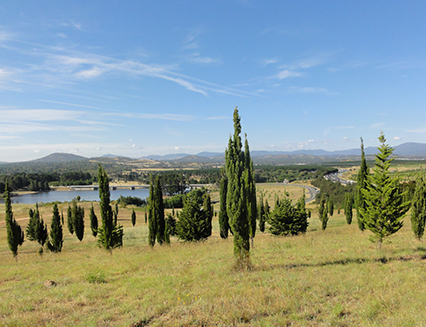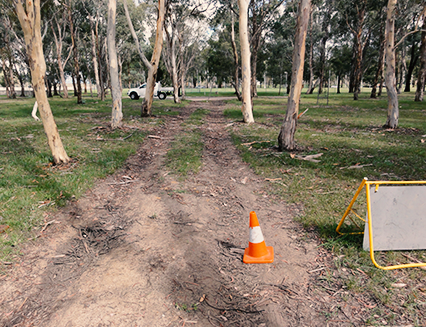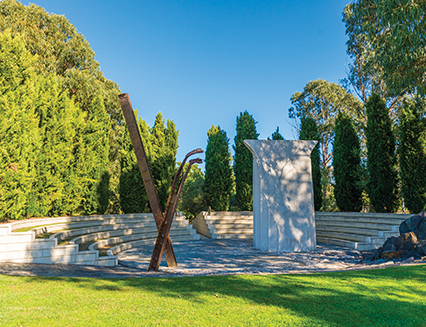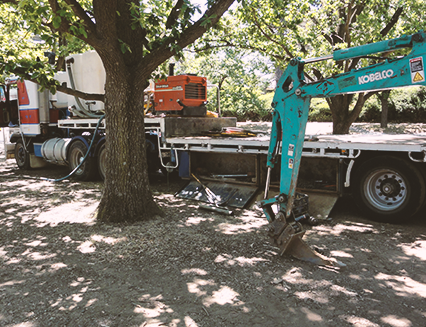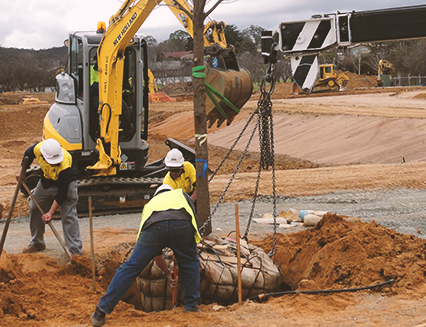What are the issues?
While the population of trees managed by the NCA are healthy, have relatively long growing lives and are well managed, there are a range of vulnerabilities within the population that make it less resilient. These vulnerabilities arise from current and future impacts, which revolve predominantly around the changing climate but also increasing competition for space.
The question of vulnerability and therefore resilience towards these challenges is bounded by current research around a number of important factors, namely vegetation diversity, species selection and integrated design and management solutions.
Integrated design and management is a holistic way to consider the landscape, the growing conditions and improvements that could be made to a site to ensure long term tree viability and health. Access to adequate soil moisture, minimisation of compaction, access to nutrients, space for tree canopy and root systems are all components of integrated design and management, and need to be embedded into existing management programs.
